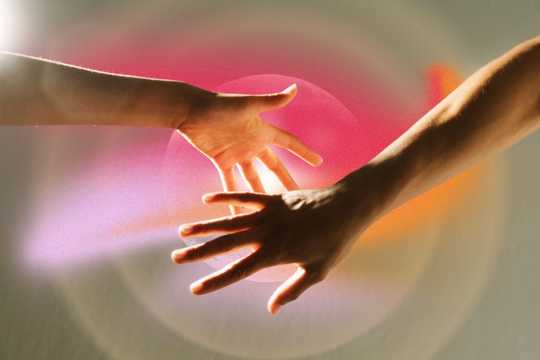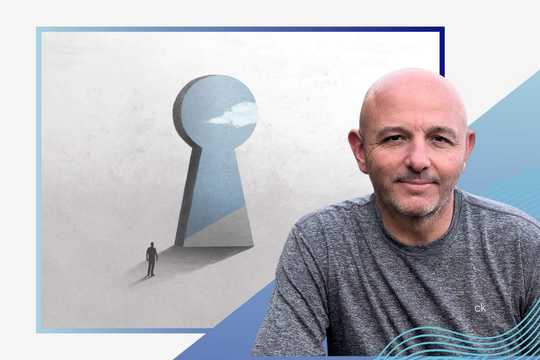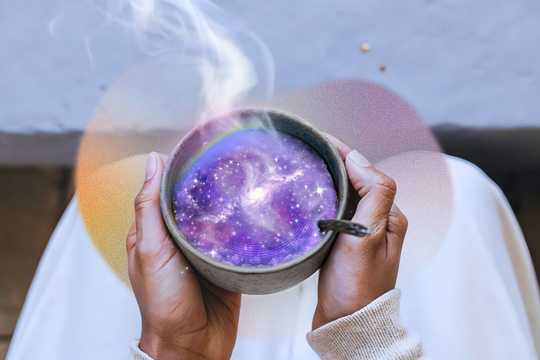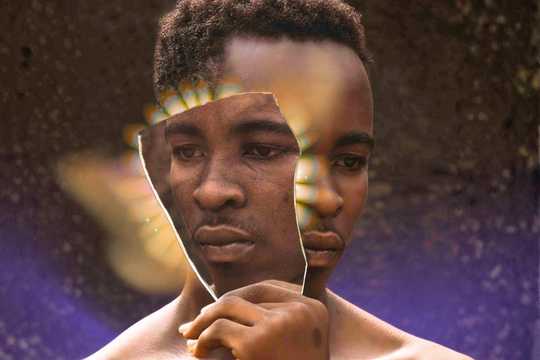Psychedelics often cause dreamlike subjectivity, altering perception and cognition while intensifying emotional experiences. Dreams have interested many, as they are reflections of the subconscious mind. Both psychedelic and dream-induced states carry strong symbolism and often archetypal imagery.
When someone mentions psychedelics, they often describe them as “like a dream but with your eyes open.” In many cultures, non-ordinary states of consciousness are a way to access the dream realm, where they experience a loss of self-agency, increased visual imagery, and intense emotional reactions. The connection between psychedelics and dreamscapes is distinct from our waking state and characterized by changes in consciousness and sense of self, which brings out an interesting question: Is the altered state induced by psychedelics similar to the one initiated by dreaming?
What’s the Relationship Between Psychedelics and Dreams?
Psychedelic-induced states and dreams are both visionary and symbolic experiences. The intensity of these states can vary and is often subjective. Both induce Altered States of Consciousness (ASC), a term referring to any mental state that significantly differs from our usual waking consciousness, such as dreaming, meditation, trance, hypnosis, sensory deprivation, and psychedelic-induced states. These altered states often involve perceptual changes and a loss of sense of space and time, often manifesting a profound experience.
Research shows that both psychedelic states and dreaming alter the sense of self and body. They also share neuropharmacological features, such as their influence on the Default Mode Network (DMN)—a brain system involved in memory consolidation, self-referential thinking, and mental wandering. During REM sleep, DMN activity is altered, much like during psychedelic states. Additionally, both psychedelic and dream states are associated with increased activity in theta and delta brain waves, which are related to deep relaxation and memory retention.
Psychedelics and dreams also phenomenologically relate to each other through a bizarre cognition state that includes more significant emotions, vivid imagery, and exposure to fear-conditioned memories. The exact neurological mechanisms are unclear, but both states rely on bottom-up perception and top-down mental imagery. Given that they both alter consciousness states, their overlap could provide insights into each other and potentially benefit psychological well-being.
DMT and Dreaming
DMT (N, N-Dimethyltryptamine) is known for its highly visual, powerful, and dreamlike effects. It shares remarkable neurophysiological features with dreaming, particularly how it alters brain activity and induces hyper-real, geometric, and vivid experiences.
A study by Timmerman and his colleagues found that the high-dose experience induced by DMT—often described as a ‘breakthrough experience’—decreased alpha brain waves and increased delta and theta brain waves, the same changes occurring during dreaming. Interestingly, DMT might have a role in dreaming. Researchers believe the human body endogenously produces small amounts of DMT, potentially in the pineal gland.
Psilocybin and Dreaming
Similar experiences have been reported where users describe being in a conscious dream-like state with psilocybin, almost a waking dream. Studies show that psilocybin can enhance brain functions in regions responsible for memory and emotions. People who used psilocybin described being in a dreamlike state, almost a waking dream. Studies on brain activity following psilocybin injection indicate that the psilocybin compound enhances brain function in regions linked to memory and emotion and produces physiological and neurobiological overlaps with dreams.
“Dreamwork explores imagery and symbolism in dreams and plays a crucial role in psychoanalysis.”
— Aysu Naz Atalay, MSc
The Comparison of Dreams and Psychedelic States
As already pointed out, both states share some similar features. So, what is the relation between altered states of consciousness induced by psychedelics and dreaming?
Shared Features:
Psychedelics and dreams share similar phenomenology for the following reasons:
- Vivid, visual, and symbolic imagery
- Strong activation of memory, fear, and emotion
- Decreased logical cognition and conceptual thinking
- Increased metaphoric and visual thinking
- Fragmented, non-linear, and sensory experiences
Key Differences:
Despite their similarities, psychedelics and dreams differ in several important ways:
- External perception: Psychedelics allow individuals to stay aware of their surroundings, whereas the brain generates dreams entirely through intrinsic activity and subconscious processing.
- Motor control: Unlike in dreams, individuals still have motor control and self-agency during psychedelic-induced states.
- Conscious awareness: Dreams typically lack self-awareness unless they are lucid dreams.
- Meaning: Psychedelic experiences often carry a mystical or transcendent quality, whereas dreams do not necessarily produce the same meaning.
Psychedelics and Lucid Dreaming
Lucid dreaming is a type of dream in which one realizes they are in a dream and gains a certain level of agency and control over the dream environment and narrative. It requires practice and skill and allows individuals to explore their subconscious. Many people pursue lucid dreaming as an alternative to drug-induced experiences, using it as a way to have a mystical experience. The signature feature of lucid dreams is perceptual awareness, suggesting they share more similarities with psychedelic-induced states than regular dreaming.
People often report the following benefits after practicing and experiencing lucid dreaming:
- Increased self-knowledge and insight
- Healing properties
- Improved coping skills with negative emotions
- Integration of past traumatic experiences
- Enhanced creativity and creative insights
The benefits of lucid dreaming may also apply to psychedelic experiences since both states share many features, including a profound insight into one’s thoughts, emotions, and experiences.
Psychedelic-Assisted Therapy and Dream Analysis
Dreamwork explores imagery and symbolism in dreams and plays a crucial role in psychoanalysis. Psychoanalysts such as Carl Jung and Sigmund Freud approached dreams as tools to access the psyche, helping individuals uncover repressed emotions and traumas from the unconscious. As previously mentioned, both dreams and psychedelic experiences provide access to the subconscious, bringing psychological material to the surface, which traditional therapeutic interventions may not always do. So, what do dreams teach us about our subconscious? How do psychedelics help? And where does the integration process take place?
Dreams, psychedelic experiences, and psychosis—all carry unconscious material, rich in symbolism, and remain ambiguous in their meaning. Some individuals are interested in adapting dreamwork into psychedelic therapy since dreams are often in conversation with the subconscious mind, and there might be a therapeutic implication of psychodynamic elements. It is also interesting to think about dreams that occur after psychedelic experiences, which can be a visual guide to help integrate the experience.
Even without psychedelics, other imagery-based therapeutic techniques—such as image therapy or guided visualization—can contribute to therapeutic outcomes. However, future research is needed to fully understand how dreamwork and psychedelic treatment can be combined and utilized for further exploration of the subconscious mind.
References
Kraehenmann, R. (2017). Dreams and Psychedelics: Neurophenomenological Comparison and Therapeutic Implications. Current Neuropharmacology, 15(7). https://doi.org/10.2174/1573413713666170619092629
Carhart-Harris, R. L., Muthukumaraswamy, Roseman, L., Kaelen, M., Droog, W., Murphy, K., Tagliazucchi, E., Schenberg, E. E., Nest, T., Orban, C., Leech, R., Williams, L. T., Williams, T. M., Bolstridge, M., Sessa, B., McGonigle, J., Sereno, M. I., Nichols, D., Hellyer, P. J., Erritzoe, D., Hobden, P., Evans, J. Singh, K. D., Wise, R. G., Curran, V., Feilding, A., Nutt, D. J. (2019). Neural Correlates of the LSD Experience Revealed by Multimodal Neuroimaging. Proceedings of the National Academy of Sciences, 113(17), 4853–4858. https://doi.org/10.1073/pnas.1518377113
Sanz, C., Zamberlan, F., Erowid, E., Erowid, F., & Tagliazucchi, E. (2018). The Experience Elicited by Hallucinogens Presents the Highest Similarity to Dreaming within a Large Database of Psychoactive Substance Reports. Frontiers in Neuroscience, 12. https://doi.org/10.3389/fnins.2018.00007






